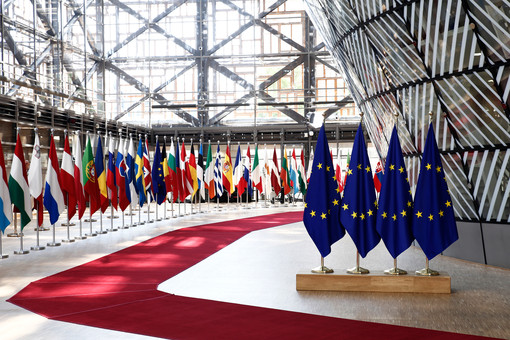The Ministers for Energy in the EU have agreed on a general approach within in the Council of the European Union on the proposal for the revision of the Energy Performance of Buildings Directive (EPBD). This approach sets out the negotiation position of the Council ahead of the inter-institutional negotiations with the European Parliament on the EPBD in the coming months.
While the Council could've been more ambitious in some areas, it still contains promosing parts:
- From 2030 all new buildings should be zero-emission ;
- By 2050 all existing residential buildings should be zero-emission through a national trajectory for minimum energy performance standards (MEPS) of existing buildings, this should ensure a progressive renovation of the building stock to reach zero-emission in that timeline;
- This national trajectory for existing residential buildings would have two control points: by 2033 to reach EPC class D, by 2040 each Member State should have a trajectory for the gradual decrease of primary energy use in their until 2050 for zero-emission;
- For existing non-residential buildings the 15% worst-performing should be improved by 2030, while the 25% worst-performing by 2034;
- Addition of a new category “A0” on the EPCs which corresponds to zero-emission buildings, with the possibility to later add another new category “A+” which would be a positive energy building.
There are other amendments which REHVA is more worried about however:
- In Article 11(3) the Council has deleted the requirement for monitoring the IAQ in non-residential zero-emission buildings, while the requirement for installing IAQ measuring & controlling devices in residential zero-emission buildings has been deleted entirely;
- It is worrying that the Council has removed a part of the Annex III introduced in the Commission proposal and replaced it with article 9b, removing the EU-wide 'maximum thresholds' of total annual primary energy use for zero-emission buildings and make it a competency at determined at national level by the Member States based on the cost-optimal levels. REHVA is worried that putting this back to Member State level will push us further away from a common EU-wide calculation of energy performance in buildings.
Read the full Council general approach here
Click here for the updated REHVA EPBD position paper from July 2022
Interesting in finding out more about the technical calculation EPB of zero-emission buildings? Read our expert article in REHVA Journal by Jarek Kurnitski and Dick van Dijck

